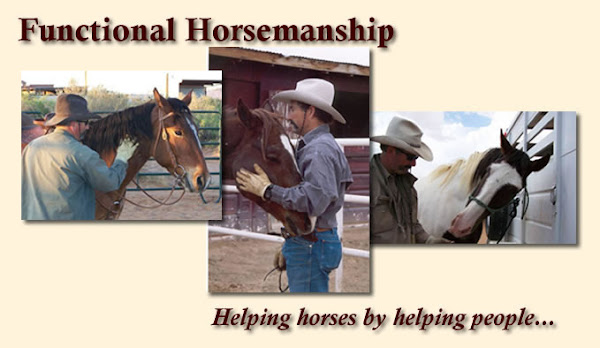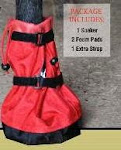 National Day of the Cowboy is both a organization and a day of the year to honor and preserve the pioneer heritage and Cowboy culture. The mission of the National Day of the Cowboy nonprofit organization is to contribute to the preservation of America’s Cowboy heritage so that the history and culture which the National Day of the Cowboy bill honors, can be shared and perpetuated for the public good, through education, the arts, literature, celebrations, gatherings, rodeos, and community activities. National Day of the Cowboy is observed annually on the fourth Saturday in July. The
National Day of the Cowboy is both a organization and a day of the year to honor and preserve the pioneer heritage and Cowboy culture. The mission of the National Day of the Cowboy nonprofit organization is to contribute to the preservation of America’s Cowboy heritage so that the history and culture which the National Day of the Cowboy bill honors, can be shared and perpetuated for the public good, through education, the arts, literature, celebrations, gatherings, rodeos, and community activities. National Day of the Cowboy is observed annually on the fourth Saturday in July. The
12th National Day of the Cowboy is today, Saturday, July 23rd, 2016.
From the National Day of the Cowboy website: "The era of the cowboy began after the Civil War in the heart of Texas. Cattle were herded long before this time, but in Texas, they grew wild and unchecked. As the country expanded, the demand for beef in the northern territories and states increased. With nearly 5 million head of cattle, cowboys moved the herds on long drives to where the profits were. Former President G.W. Bush said it well when he stated: “We celebrate the Cowboy as a symbol of the grand history of the American West. The Cowboy’s love of the land and love of the country are examples for all Americans.”
From my point of view we can't lose sight that American Cowboys developed much of their skills from examples of the Spanish Vaqueros whose unique brand of horsemanship is evident predominantly in the Californian and Great Basin Buckaroos.
Cowboying is alive today with full time cowboys, day workers and itinerant cowboys who gladly accept a low paying existence for the freedom of working outdoors on horseback. Cowboys are also exemplified by the professional horsemanship clinicians to work to enhance an understanding of the horse for all of us,....especially for the average backyard horse owner who may only ride a few times a month but dreams of riding in vast pastures and living by a simple but powerful code of conduct, one version which can be found in the book "Cowboy Ethics" by Jim Owen.
1) Live each day with courage.
2) Take pride in your work.
3) Always finish what you start.
4) Do what has to be done.
5) Be tough, but fair.
6) When you make a promise, keep it.
7) Ride for the brand.
8) Talk less and say more.
9) Remember that some things aren't for sale.
10) Know where to draw the line.
Bethany Braley, Executive Director & Publisher for the National Day of the Cowboy nonprofit organization, is available for interviews or to speak to your group or organization regarding the history of this campaign and the challenges we face in achieving permanent passage of the Day of the Cowboy Bill. She has been working continuously on the effort since November 2004, and offers key information on how you and your community or organization may become actively involved in contributing to the success and celebration of this historic grassroots quest. She can be contacted at info@nationaldayofthecowboy.com or by calling 928-795-0951
















